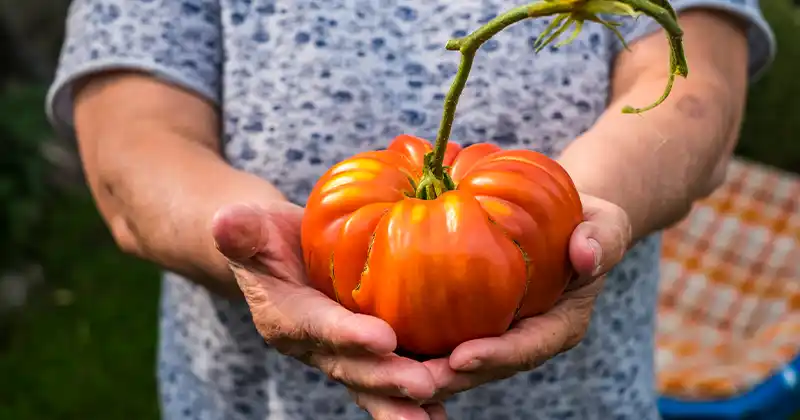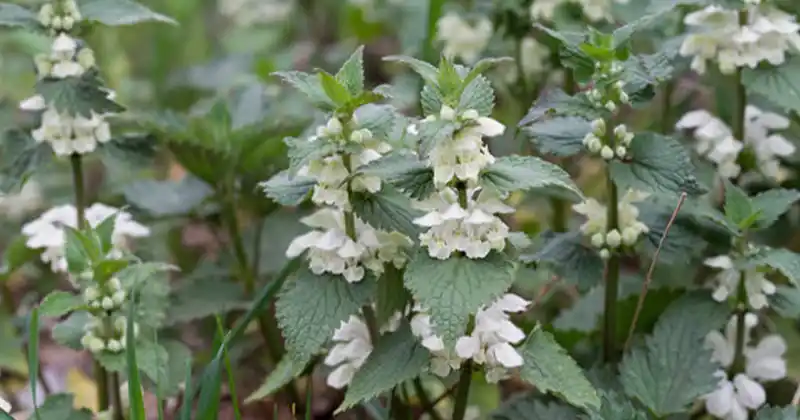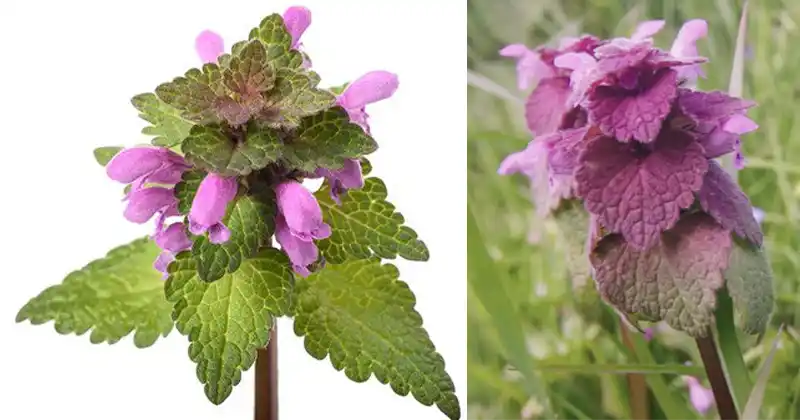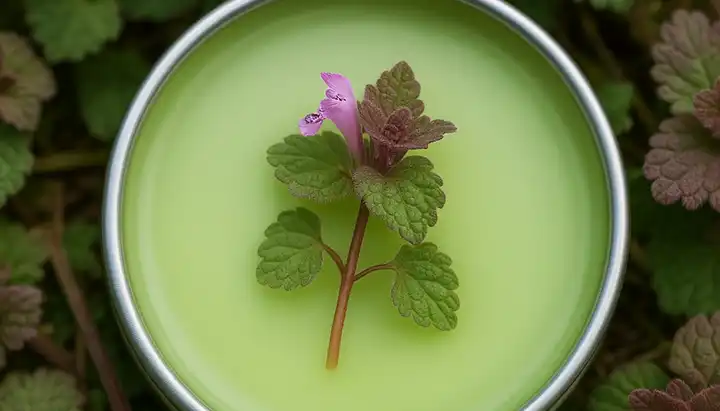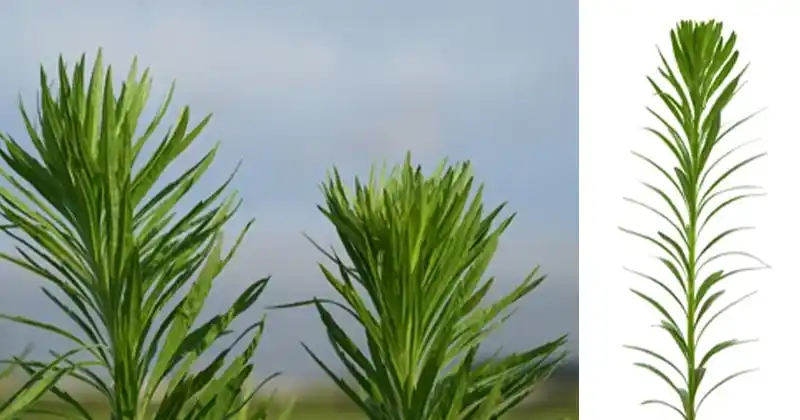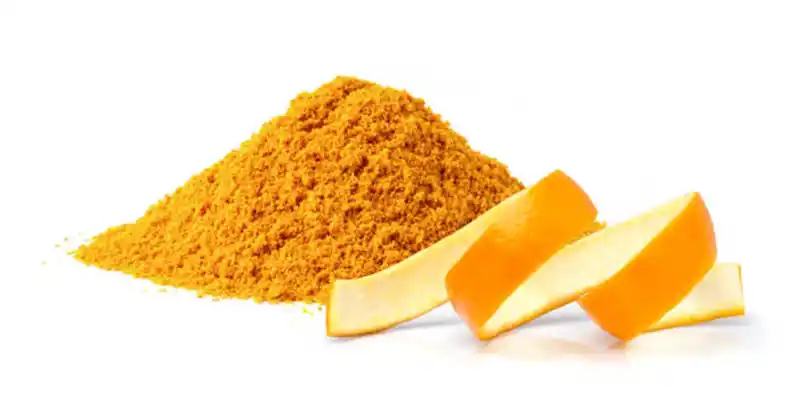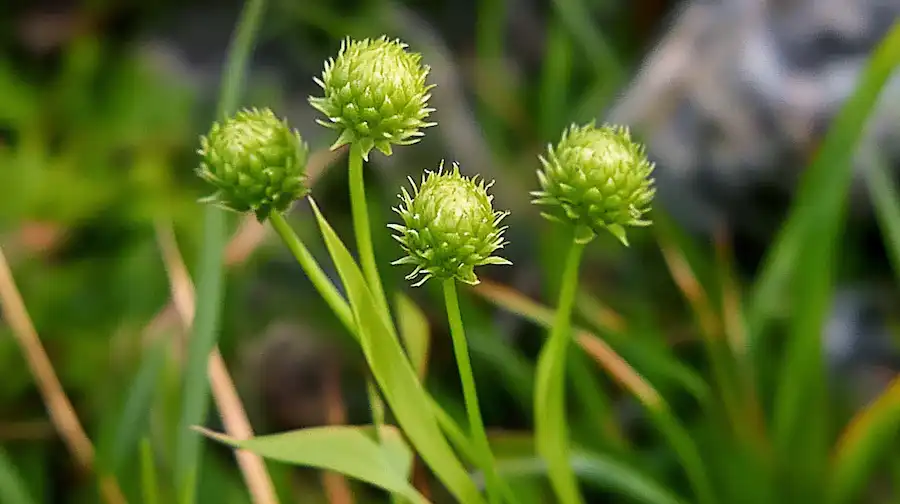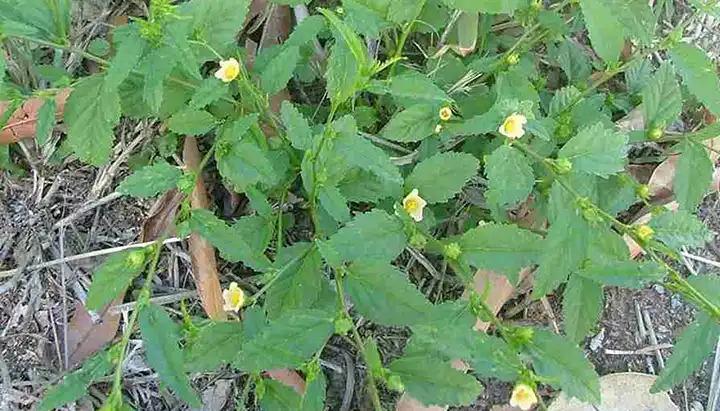Comprehensive Guide to Identifying, Preventing, and Treating Black Spot Disease on Rose Plants
Roses are a gardener’s delight, known for their exquisite beauty and fragrance. However, maintaining their health can sometimes be challenging, especially when dealing with black spot disease. This common fungal infection, caused by the fungus Diplocarpon rosae, can quickly spread and severely damage your rose plants if not properly managed. This article provides a thorough understanding of black spot disease and offers practical steps for its prevention and treatment.

Understanding Black Spot Disease
What is Black Spot Disease?
Black spot disease is a fungal infection that typically emerges in moist and cool weather conditions. It manifests as circular black spots on the upper sides of the leaves, which eventually turn yellow and fall off. This disease weakens the plant, reducing its blooming capacity and overall vitality.
Causes and Spread
The fungus responsible for black spot disease thrives in humid environments and can spread rapidly from plant to plant. It’s essential to identify and treat the infection early to prevent widespread damage.
Prevention Strategies
1. Location Selection
Choosing the right location for your rose garden is crucial. Ensure your roses receive at least six to eight hours of direct sunlight daily, preferably morning sunlight, which helps dry the nighttime dew quickly. Adequate air circulation around the plants also helps reduce moisture levels and the risk of fungal infections.
2. Soil and Drainage
Roses require well-draining soil to prevent water stagnation around the roots, which can foster fungal growth. Amend your garden soil with organic matter to improve drainage and maintain a balanced moisture level.
3. Watering Practices
Proper watering techniques are essential for preventing black spot disease. Water your roses early in the morning, allowing the leaves to dry quickly throughout the day. Avoid watering in the evenings as this can leave the foliage damp overnight, promoting fungal growth.
Treatment Methods
Despite your best preventive efforts, black spot disease may still occur. Here are effective treatment methods to manage and eliminate this issue.
4. Pruning Infected Leaves
Regularly inspect your rose plants and prune any affected leaves and branches. Make cuts at least eight inches below the infected area to ensure complete removal of the fungus. Disinfect your pruning shears between cuts to prevent the spread of the disease. Dispose of the pruned material in a sealed trash bag to avoid contaminating other plants.
5. Organic and Chemical Treatments
Several treatment options are available for black spot disease, ranging from organic solutions to chemical fungicides.
Organic Solutions:
- Neem Oil Spray: Mix 5 ml of neem oil with 1 liter of water. Spray this solution on your rose plants twice a week for two weeks, followed by a maintenance dose once every 15 days.
- Baking Soda Solution: Combine one teaspoon of baking soda with a gallon of water and a few drops of liquid soap. Spray this mixture on the affected leaves to combat the fungal infection.
- Vinegar-Based Solution: Mix one teaspoon of vinegar or baking soda with one teaspoon of canola oil in a gallon of water. Apply this solution to the infected areas.
Chemical Fungicides:
If organic treatments do not suffice, consider using broad-spectrum fungicides such as chlorothalonil, mancozeb, or myclobutanil. These fungicides are effective but should be used as a last resort due to their potential environmental impact.
Maintenance and Monitoring
Continuous monitoring and maintenance are key to keeping black spot disease at bay. Regularly inspect your rose plants for any signs of infection and promptly apply the necessary treatments. Adhering to proper gardening practices and maintaining a healthy growing environment will significantly reduce the risk of fungal diseases.
Black spot disease can be a daunting challenge for rose enthusiasts, but with the right knowledge and tools, it is manageable. By implementing preventive measures, promptly treating infections, and maintaining vigilant care, you can ensure your rose garden remains healthy and vibrant. Happy gardening!

